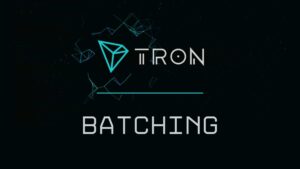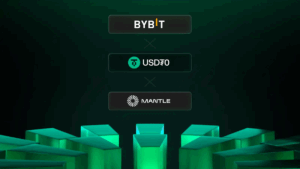TL;DR
- Over 50% of large financial institutions plan to test or implement stablecoins in the next 12 months.
- The main driver of adoption is reducing cross-border payment costs, offering near-instant settlement.
- S. Bank launched a pilot program for stablecoin issuance on the Stellar network, highlighting time and cost savings.
What began as a niche innovation in the crypto ecosystem is now redefining the future of global payments. From the most important institutions in the United States to international players, banks are recognizing that stablecoins, blockchain-based tokens linked to fiat currencies, offer efficiency gains those legacy systems cannot match.
This momentum accelerated after the introduction of key regulatory frameworks, such as the GENIUS Act in the US and the MiCA Regulation in Europe.
Paul Brody, global blockchain lead at EY, stated that the reason is clear: “Payments are a huge part of banks’ business.” Now that regulation authorizes banks to issue stablecoins or use existing ones, they can serve users looking for significantly lower costs on their transactions, especially cross-border payments. Currently, the top priority for financial services companies is reducing costs on transactions with partners and suppliers.

Banks Drive Stablecoins 2025 and Cost Savings
McKinsey & Company reports indicate that stablecoin transactions can offer near-instant settlement, which has enormous implications for corporate treasury and international payments. Brody from EY said that “just over 50% of large financial institutions say they plan to be doing or testing this in some manner in the coming 12 months,” an extraordinarily high uptake rate that underscores the urgency of banking.
Several banks are already moving from exploration to action. U.S. Bank, for example, announced a pilot for issuing a custom stablecoin on the Stellar network. José Fernández da Ponte from the Stellar Development Foundation (SDF) explained that what costs thousands of dollars on traditional payment rails costs just a fraction on Stellar, with settlement times reduced from days to approximately five seconds. This minimizes counterparty risk and intermediary fees.
Industry leaders, like Danny Lim of Pundi X, remain optimistic, pointing out that stablecoins issued by banks are not meant to replace USDT or USDC, but rather to attract a more traditional user base.
In summary, by issuing regulated stablecoins, banks offer the 24/7 settlement speed of cryptocurrencies with the security of a known counterparty, deposit protection, full AML/KYC compliance, key elements for families and small businesses.










